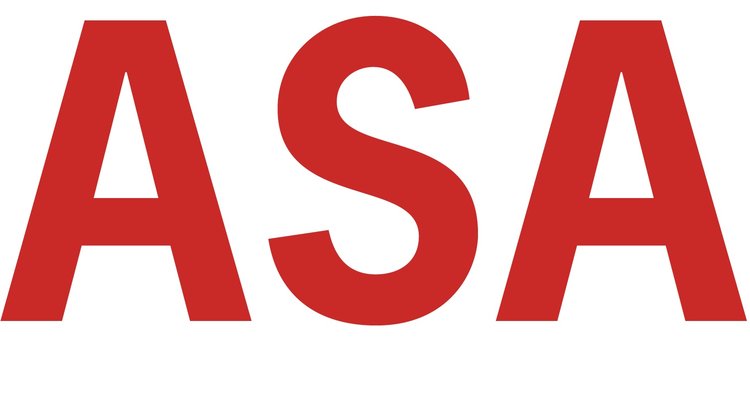However closely we were following the COVID crisis in the past 17 months, we never expected to find ourselves in this situation, especially not once we had vaccines available. Because of a new variant of the virus, thousands who are unvaccinated are putting us all at elevated risk, even though we are vaccinated.
Companies and institutions who thought they had created workable plans to bring employees back into the workspace by early fall are either going to proceed, or they have pushed out the return date to early next year. While the prospect of working from home another five months is an agreeable one to many, there are at least as many employees who want to work face to face, and there are a number who are anxious about returning to public spaces. What has been lost during the pandemic is our ability to be part of something larger than ourselves. You have only to read the editorial/opinion section of the Sunday New York Times to see that, in being isolated, we have become self-absorbed, a la “how we feel.”
The Centers for Disease Control (CDC) has had a difficult mission under two very different presidents. Its recommendations have changed as the virus and its impact have morphed. Because the former president was keen to make us believe that all powers vested in the states and not in the federal government, some states have not followed CDC guidelines and are now paying the price. Please note that the price is not paid by elected officials, but rather by citizens who are fed misinformation about the vaccine and then end up dead or taking up space in intensive care units (ICUs). Medical personnel who thought that their COVID work was nearly over have found themselves, exhausted and at the mercy of the same supply chain problems that plagued them in 2020.
It may be that some things are about to change. Here in Seattle, roughly 60% of bars and restaurants require proof of vaccination for you to enter, as do many crowded events. Across the country, we see proof of vaccination now being required by major corporations along with the request to return to the office. President Biden has issued an order for government workers to be vaccinated, which may be challenged in court over time, but which does appear to be taken seriously in many agencies. The Federal Drug Administration is working on two matters right now: moving its approval of the Pfizer and Moderna vaccines to permanent rather than experimental approval, which should reassure some of the unvaccinated; and encouraging the completion of tests for children younger than twelve, so they might receive the drug sooner than was originally forecast.
That latter approval won’t probably be in place before parents are expected (by the CDC and by most states) to send off their young children to pre-K or elementary school this fall. Some parents will choose to home school or to use remote learning again this fall as the only other choices available. These latter options are difficult for those who must work to support their families and for the children, who lose more time learning as part of a group and being socialized at the same time.
One has only to look about the world to see what better shape we are in than other countries. My students here stood by helplessly as they watched family and friends in India, where the rapid spread and deaths through a dense population showed that the virus has no boundaries.
Even with vaccine donations from the United States and other G8 nations to third world countries, there remain the enormous challenges of information and distribution. Just as the pandemic has further exposed the great economic disparities in our country, so too in other countries. Most of the hard work done in this country by scientific and medical personnel has not yet been replicated at scale in those countries.
Whenever we talk about risk, we almost always mention ambiguity. In one respect, the pandemic has exposed an almost overwhelming set of connections that introduce further ambiguity into our actions. A prime example would be the large U.S. infrastructure bill, which will improve our aging roads and bridges, create new jobs, and at the same time increase climate change factors. The end of this pandemic is not yet in sight. What seems to us preventable with a vaccine is a source of anxiety and ambiguity. It’s important as we move forward to see the bigger picture, past our own personal circumstances; to contribute to a body of work and knowledge that preceded the pandemic and will surely be expanded by it.
